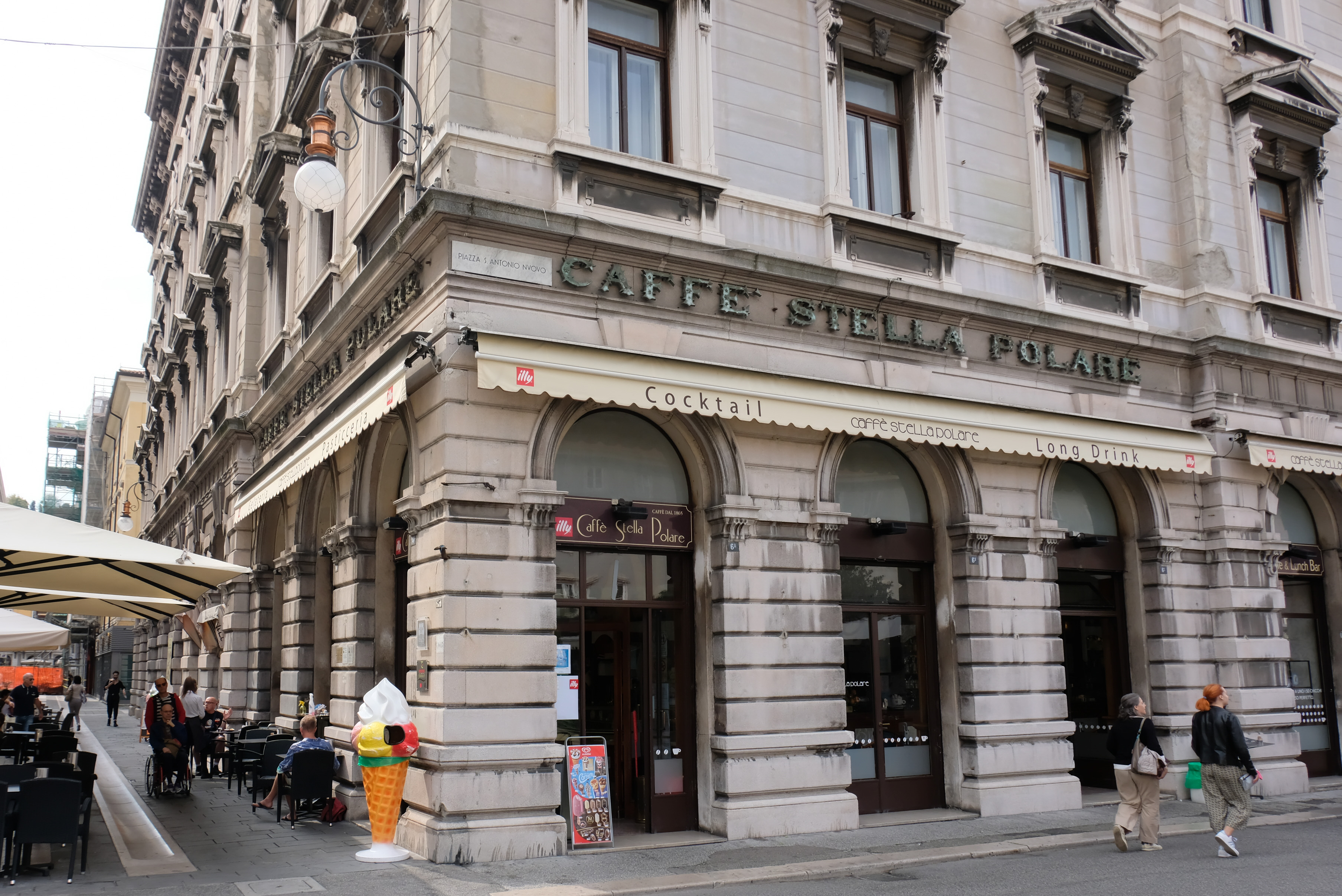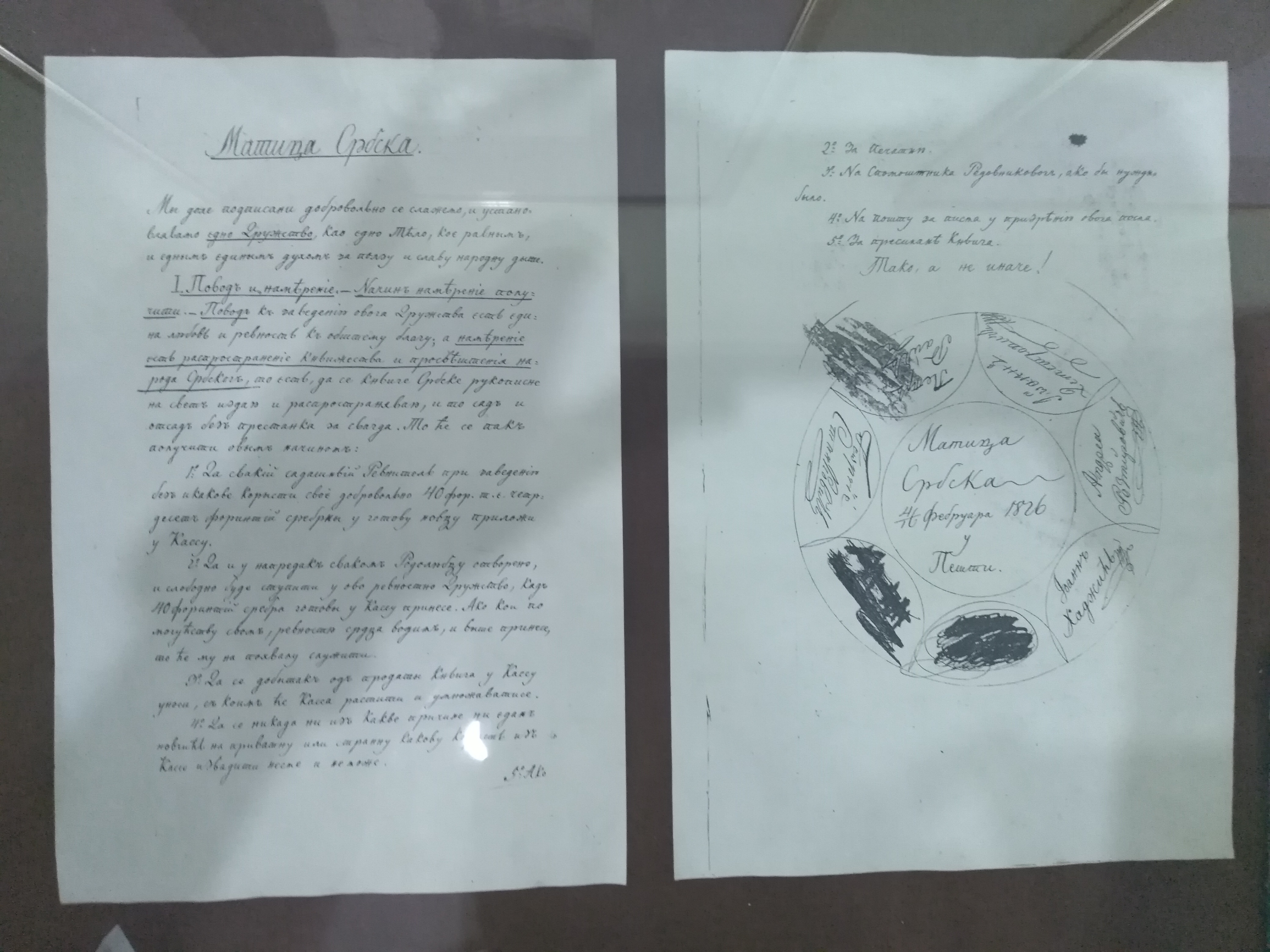|
Ivan Cankar
Ivan Cankar (, ) (10 May 1876 – 11 December 1918) was a Slovene writer, playwright, essayist, poet, and political activist. Together with Oton Župančič, Dragotin Kette, and Josip Murn, he is considered as the beginner of modernism in Slovene literature. He is regarded as the greatest writer in Slovene, and has sometimes been compared to Franz Kafka and James Joyce. Biography Ivan Cankar was born in the Carniolan town of Vrhnika near Ljubljana. He was one of the many children of a poor artisan who immigrated to Bosnia shortly after Ivan's birth. He was raised by his mother, Neža Cankar née Pivk, with whom he established a close, but ambivalent relationship. The figure of a self-sacrificing and submissively repressive mother would later become one of the most recognizable features of Cankar's prose. After finishing grammar school in his hometown, he studied at the Technical High School (''Realka'') in Ljubljana (1888–1896). During this period, he started writing ... [...More Info...] [...Related Items...] OR: [Wikipedia] [Google] [Baidu] |
Vrhnika
Vrhnika (; ;''Leksikon občin kraljestev in dežel zastopanih v državnem zboru,'' vol. 6: ''Kranjsko''. 1906. Vienna: C. Kr. Dvorna in Državna Tiskarna, p. 120. ) is a town in Slovenia. It is the seat of the Municipality of Vrhnika. It is located on the Ljubljanica River, 21 km from Ljubljana along the A1 motorway. Geography Vrhnika lies at the southwest end of the Ljubljana Marsh near the sources of the Ljubljanica River, where the Ljubljana Basin opens up between the foot of Ljubljana Peak (, ) and Ulovka Hill (). Močilnik Springs is located south of the settlement; together with nearby Retovje Springs, water flows mainly from the subterranean streams of the Unica to produce the Little Ljubljanica River () and Big Ljubljanica River (), which in turn join to create the Ljubljanica River. The territory of the town extends south onto the Logatec Plateau (), where the Big and Little Drnovica Collapse Sinkholes () are found. Name The settlement at the location of ... [...More Info...] [...Related Items...] OR: [Wikipedia] [Google] [Baidu] |
James Joyce
James Augustine Aloysius Joyce (born James Augusta Joyce; 2 February 1882 – 13 January 1941) was an Irish novelist, poet, and literary critic. He contributed to the modernist avant-garde movement and is regarded as one of the most influential and important writers of the twentieth century. Joyce's novel ''Ulysses (novel), Ulysses'' (1922) is a landmark in which the episodes of Homer's ''Odyssey'' are paralleled in a variety of literary styles, particularly stream of consciousness. Other well-known works are the short-story collection ''Dubliners'' (1914) and the novels ''A Portrait of the Artist as a Young Man'' (1916) and ''Finnegans Wake'' (1939). His other writings include three books of poetry, a play, letters, and occasional journalism. Born in Dublin into a middle-class family, Joyce attended the Jesuit Clongowes Wood College in County Kildare, then, briefly, the Congregation of Christian Brothers, Christian Brothers–run O'Connell School. Despite the chaotic family li ... [...More Info...] [...Related Items...] OR: [Wikipedia] [Google] [Baidu] |
Epic Poetry
In poetry, an epic is a lengthy narrative poem typically about the extraordinary deeds of extraordinary characters who, in dealings with gods or other superhuman forces, gave shape to the mortal universe for their descendants. With regard to oral tradition, epic poems consist of formal speech and are usually learnt word for word, and are contrasted with narratives that consist of everyday speech where the performer has the license to recontextualize the story to a particular audience, often to a younger generation. Influential epics that have shaped Western literature and culture include Homer's ''Iliad'' and '' Odyssey''; Virgil's '' Aeneid''; and the anonymous '' Beowulf'' and '' Epic of Gilgamesh''. The genre has inspired the adjective '' epic'' as well as derivative works in other mediums (such as epic films) that evoke or emulate the characteristics of epics. Etymology The English word ''epic'' comes from Latin , which itself comes from the Ancient Greek adject ... [...More Info...] [...Related Items...] OR: [Wikipedia] [Google] [Baidu] |
Simon Gregorčič
Simon Gregorčič (15 October 1844 – 24 November 1906) was a Slovene poet and Roman Catholic priest. He is considered the first lyric poet of the Slovene realist poetry and the most melodical Slovene poet. Biography Gregorčič (October 15, 1844 – November 24, 1906) was born in the small mountain village of Vrsno above the Soča river in the County of Gorizia and Gradisca as a second son of a small farmer Jernej Gregorčič and his wife Katarina (maiden name Gaberšček). He had seven siblings. As a young boy he was a shepherd. In 1851, he attended primary school in Libušnje, but was sent to school in Gorizia in 1852. After finishing high school he entered the seminary in Gorizia. He was ordained on October 27, 1867, and became a vicar in Kobarid in September 1868. There he continued with his literary work and together with his friend Ignacij Gruntar in 1871 founded a public reading room. Actually, Ignacij Gruntar was not only very good friend to Simon, but als ... [...More Info...] [...Related Items...] OR: [Wikipedia] [Google] [Baidu] |
Simon Jenko
Simon Jenko (October 27, 1835 – October 18, 1869) was a Slovene poet, lyricist and writer. Jenko was born in Podreča in the Sora Plain (''Sorško polje'') in Upper Carniola, then part of the Austrian Empire, now in Slovenia, as an illegitimate son of poor peasant parents. Later he moved with his parents to Praše, which was the very inspiration for most of his poems and short stories. The local clergy enabled him to study in Novo Mesto, Klagenfurt, and Ljubljana. Contrary to their will, however, Jenko decided not to become a priest, but enrolled at the University of Vienna, where he studied law, classical philology, and history. Together with Fran Levstik, Josip Jurčič, Josip Stritar, Simon Gregorčič, and Fran Erjavec, he belonged to the group of prominent Slovenes that embraced a progressive and nationalist political ideology (often with Pan-Slavic elements) and introduced literary realism in Slovenian literature. He mostly wrote lyrical and patriotic poems, w ... [...More Info...] [...Related Items...] OR: [Wikipedia] [Google] [Baidu] |
Heinrich Heine
Christian Johann Heinrich Heine (; ; born Harry Heine; 13 December 1797 – 17 February 1856) was an outstanding poet, writer, and literary criticism, literary critic of 19th-century German Romanticism. He is best known outside Germany for his early lyric poetry, which was set to music in the form of ''Lieder'' (art songs) by composers such as Robert Schumann and Franz Schubert. Heine's later verse and prose are distinguished by their satirical wit and irony. He is considered a member of the Young Germany movement. His radical political views led to many of his works being Censorship in Germany, banned by German authorities—which, however, only added to his fame. He spent the last 25 years of his life as an expatriate in Paris. Heine's early works, such as ''Letters from Berlin'' (1826) and ''Germany. A Winter's Tale'' (1828), gained widespread attention for their poetic expression, profound exploration of love, and satirical commentary on social phenomena. As a member of the ... [...More Info...] [...Related Items...] OR: [Wikipedia] [Google] [Baidu] |
France Prešeren
France Prešeren () (3 December 1800 – 8 February 1849) was a 19th-century Romantic Slovene poet whose poems have been translated into many languages.Database of translations – Prešeren , Slovene Book Agency, 2013 He has been considered the greatest Slovene classical poet and has inspired later . He wrote the first Slovene and the first Slovene |
Socialist Republic Of Serbia
The Socialist Republic of Serbia ( sh-Cyrl-Latn, separator=" / ", Социјалистичка Република Србија, Socijalistička Republika Srbija), previously known as the People's Republic of Serbia ( sh-Cyrl-Latn, separator=" / ", Народна Република Србија, Narodna Republika Srbija, National Republic of Serbia), commonly abbreviated as Republic of Serbia, SR Serbia or simply Serbia, was one of the six Constituent republics of the Socialist Federal Republic of Yugoslavia, constituent republics of the Socialist Federal Republic of Yugoslavia in what is now the modern day states of Serbia and the disputed territory of Kosovo. Its formation was initiated in 1941, and achieved in 1944–1946, when it was established as a federated republic within Yugoslavia. In that form, it lasted until the constitutional reforms from 1990 to 1992, when it was reconstituted, as the Republic of Serbia (1992–2006), Republic of Serbia within the Federal Republic of ... [...More Info...] [...Related Items...] OR: [Wikipedia] [Google] [Baidu] |
Socialist Autonomous Province Of Vojvodina
The Socialist Autonomous Province of Vojvodina was one of two autonomous provinces within the Socialist Republic of Serbia, in the former Socialist Federal Republic of Yugoslavia. The province is the direct predecessor to the modern-day Serbian Autonomous Province of Vojvodina. The province was formally created in 1945 in the aftermath of the World War II in Yugoslavia, as the Autonomous Province of Vojvodina. In 1968, it was granted a higher level of political autonomy, and the adjective ''Socialist'' was added to its official name. In 1990, after the constitutional reform influenced by what is known as the anti-bureaucratic revolution, its autonomy was reduced to the pre-1968 level, and the term ''Socialist'' was dropped from its name. It was encompassing regions of Srem, Banat and Bačka, with capital in Novi Sad. Throughout its existence Serbs in Vojvodina constituted the largest ethnic group in the province with a parallel strong affirmation of multi-ethnic and multi-cu ... [...More Info...] [...Related Items...] OR: [Wikipedia] [Google] [Baidu] |
Novi Sad
Novi Sad ( sr-Cyrl, Нови Сад, ; #Name, see below for other names) is the List of cities in Serbia, second largest city in Serbia and the capital of the autonomous province of Vojvodina. It is located in the southern portion of the Pannonian Plain on the border of the Bačka and Syrmia geographical regions. Lying on the banks of the Danube river, the city faces the northern slopes of Fruška Gora and it is the fifth largest of all List of cities and towns on the river Danube, cities on the river Danube. It is the largest Danube city that is not the capital of an independent state. , the population of the city proper area totals 260,438 while its urban area (including the adjacent settlements of Petrovaradin and Sremska Kamenica) comprises 306,702 inhabitants. According to the city's Informatika Agency, Novi Sad had 415,712 residents in 2025. Novi Sad was founded in 1694, when Serb merchants formed a colony across the Danube from the Petrovaradin Fortress, a strategic Habsb ... [...More Info...] [...Related Items...] OR: [Wikipedia] [Google] [Baidu] |
Matica Srpska
The Matica srpska ( sr-Cyrl-Latn, Матица српска, Matica srpska, ) is the oldest Serbian language independent, non-profit, non-governmental and cultural-scientific Serbian national institution. It was founded on June 1, 1826, in Pest, Hungary, Pest (today a part of Budapest) by the Serbs, Serbian Holy Roman Empire, habsburg legislator Jovan Hadžić and other prominent members of the Serbian Revolution and Serbian Revival, National Revival. The Matica was moved to Novi Sad in 1864. It is the oldest matica in the world. The main goals are to restore and promote Serbian national and cultural identity in the fields of art, science, spiritual creativity, economy and public life as well as to care for social development of Serbia. The literary and cultural society played a huge role in the flourishing of science and culture of the Serbs of Vojvodina, Serbia. The need for national homogenization, enlightenment, as well as the publication of Serbian books, were the main reaso ... [...More Info...] [...Related Items...] OR: [Wikipedia] [Google] [Baidu] |






